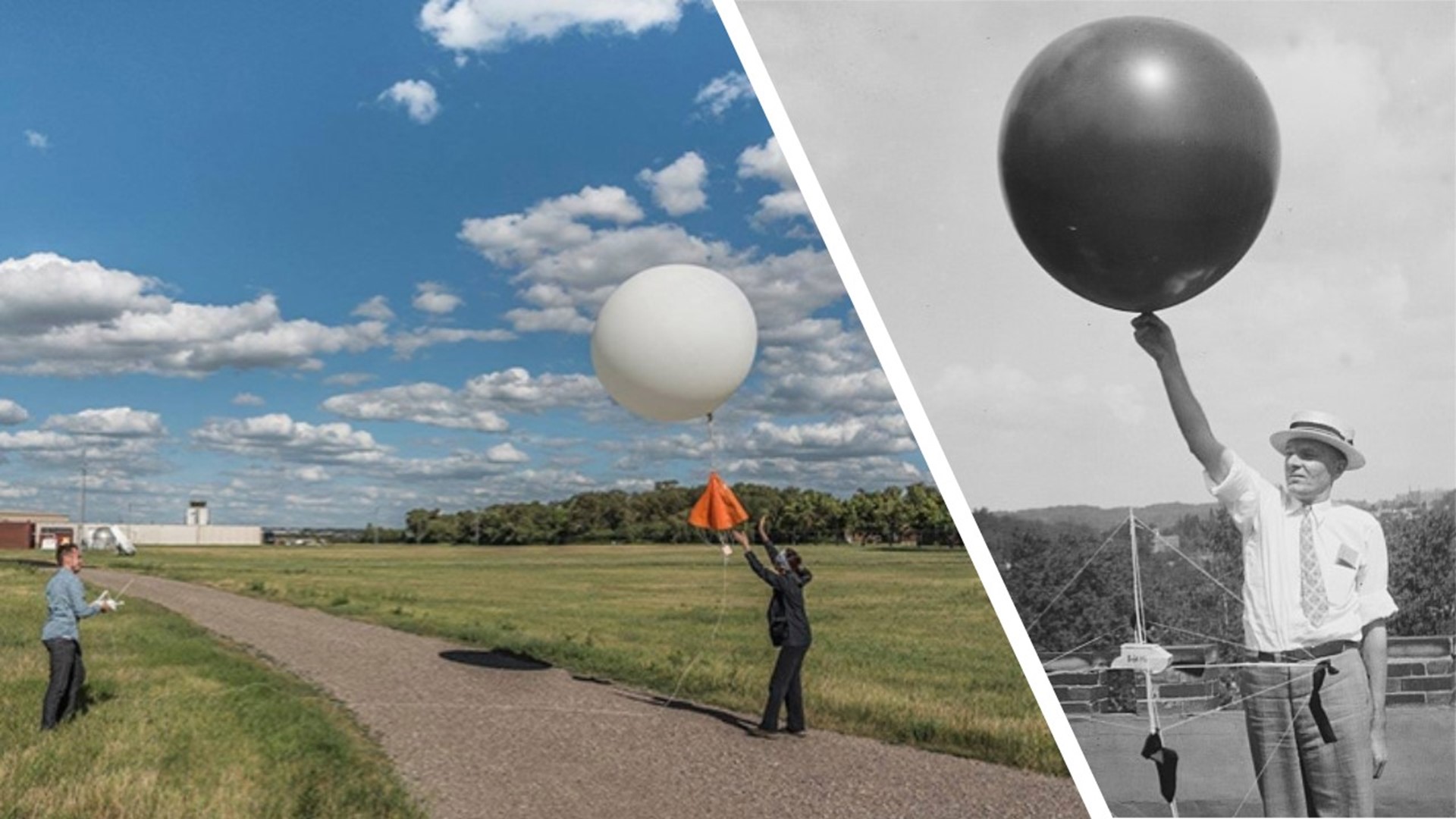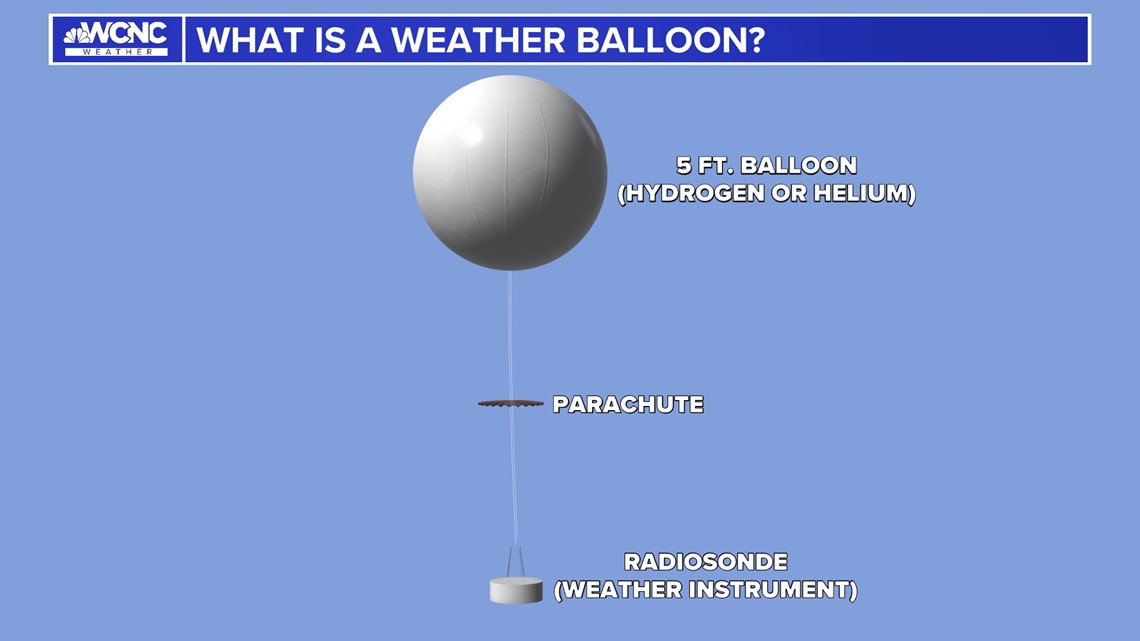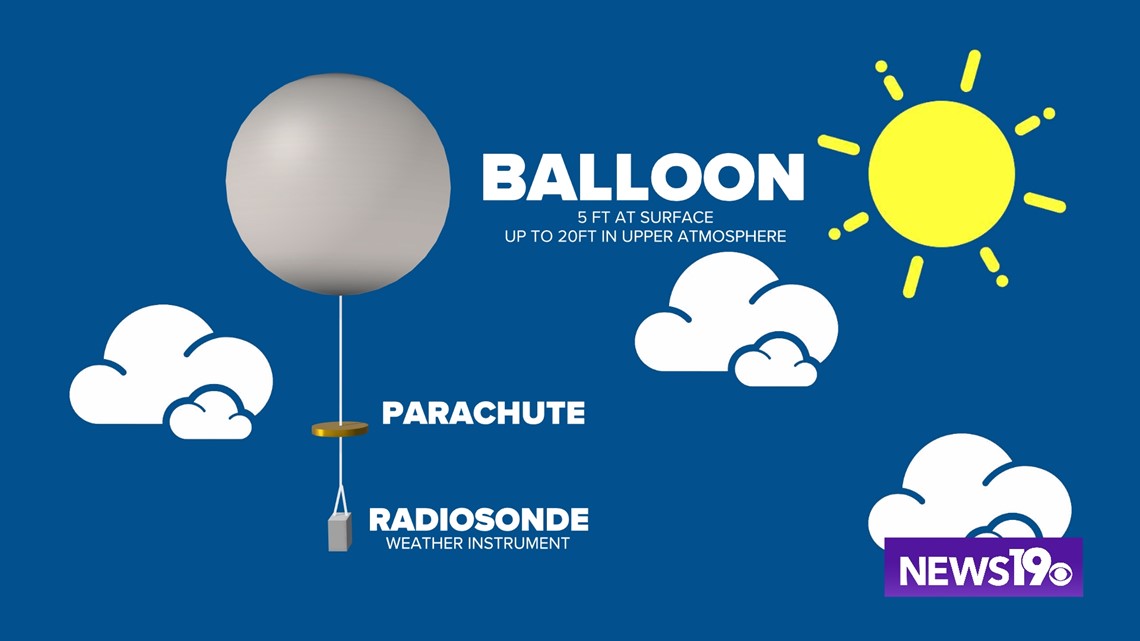Alright, let me tell you about this weather balloon thing I did. It’s been bouncing around in my head for a while, seeing those things float way up there, and I finally decided, yeah, let’s give it a shot.

Getting Ready
First things first, I had to figure out what I actually needed. It wasn’t like just grabbing a party balloon. I needed:
- A proper, big weather balloon. Found one online, looked sturdy enough.
- A parachute. Definitely didn’t want the stuff inside just smashing down.
- Some rope or cord. Strong stuff, but light.
- Helium. This was trickier. Needed a decent amount, had to find a supplier for a tank.
- A payload box. Just a simple styrofoam cooler, light and insulating.
- Stuff for the payload: an old action camera, a cheap GPS tracker (the kind for pets, actually), and some hand warmers to keep the batteries from freezing.
Then, the boring but important part. Had to check the rules. Turns out you can’t just launch these things anywhere, anytime. Needed to make sure I wasn’t going to bother any airplanes or land it somewhere restricted. Picked a launch spot out in the countryside, wide open space, and checked the flight path predictions online – tons of websites help with that.
Putting it Together
Okay, assembly time. This was kinda fun, felt like building a weird space module. I packed the camera and tracker into the styrofoam box. Taped the hand warmers near the electronics. Made sure the camera had a clear view out a little hole I cut. Sealed it up tight with tape.
Then, tied the box to the parachute lines. Tied the parachute to the main line. This line then needed to connect to the balloon. Measured everything out, trying to follow diagrams I’d seen online. Lots of knots. Good knots, hopefully.
Launch Day
The day came. Got to my chosen field early. Weather looked good – not too windy. Laying out the balloon, parachute, and payload train felt pretty serious. Now, filling the balloon… that was an experience. Hooked up the helium tank. It takes way more helium than you think. The balloon slowly grew, this huge, pale thing wobbling in the slight breeze. It gets surprisingly strong, wants to pull away.

Double-checked all connections one last time. GPS tracker was on and reporting its position to my phone. Camera was recording. Heart was pounding a bit, not gonna lie.
Then, just… let go. Whoosh! It shot upwards, really fast at first. Much faster than I expected. Watched it shrink into a tiny dot, then disappear. Pretty amazing feeling, seeing it head up there.
Tracking and Recovery
Now the waiting game. I kept refreshing the GPS tracking app on my phone. Saw it climbing, moving with the wind. It went really high. Higher than planes fly. Eventually, the altitude reading stopped climbing and started dropping fast. That meant the balloon probably popped, and the parachute was doing its job (hopefully!).
The tracker showed it landing miles away. Jumped in the car and started driving, following the dot on the map. The last reported position was in some farmland, bit of woods nearby.
Finding it took some effort. Had to park and walk, using the GPS map. It wasn’t right where the pin dropped, the signal wasn’t super exact. Walked around for maybe an hour. Finally spotted the orange parachute tangled in a small tree near a fence line. Success!

The Results
Got the payload box back. Opened it up. Camera was still working! The footage was incredible. You could see the ground shrinking away, the curve of the Earth, the blackness of space above. Totally worth it. The GPS data gave me the full flight path, altitude, speed. Really cool to look at.
Overall, it was a fantastic project. Lots of little steps, bit of planning, some anxiety, and a huge payoff seeing those views from the edge of space, captured by a camera I sent up there myself. Definitely learned a lot. Might even do it again sometime.
